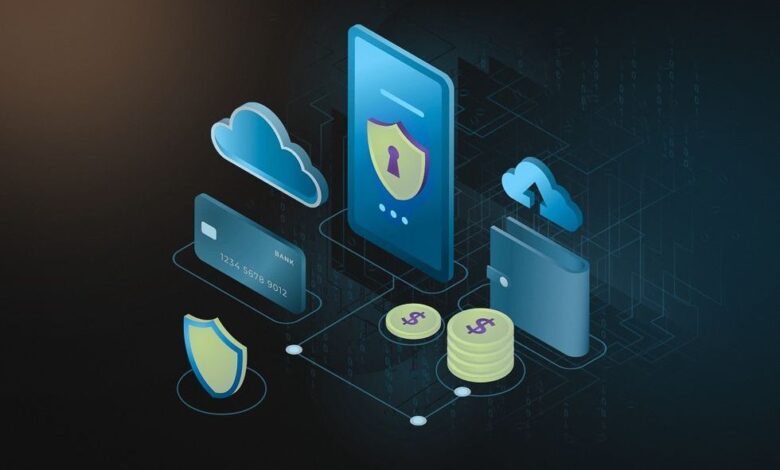The Essential Guide to Launching a Custom Crypto Wallet Application

In an economy increasingly defined by decentralized finance (DeFi), a cryptocurrency wallet is no longer just a place to hold coins. It is the user’s passport to the Web3 universe, a tool for identity, trading, staking, and interacting with decentralized applications (dApps). While many off-the-shelf wallets exist, businesses and ambitious startups often realize that a custom-built solution is a strategic necessity. A tailor-made wallet offers superior security, specialized features, and a cohesive brand experience that generic tools simply cannot match. For any company looking to embed digital assets into its core services, understanding the mechanics and the roadmap of crypto wallet app development is paramount.
Understanding the Wallet Core: Keys and Custody
The first critical concept to grasp is that a crypto wallet does not hold your funds. It manages the cryptographic keys that prove ownership of assets recorded on a blockchain.
- Public Keys and Addresses: This is like your bank account number. It is shared freely and allows others to send you funds.
- Private Keys: This is your secret PIN or password. It is used to digitally sign transactions, authorizing the movement of funds. Losing your private key means losing access to your assets forever.
This reality leads directly to the two main types of custody models, which dictate who controls that crucial private key.
- Non-Custodial Wallets: The user maintains full control over their private keys, typically secured by a seed phrase (mnemonic code). This offers maximum autonomy and security, adhering to the fundamental crypto principle of “not your keys, not your coins.” MetaMask and Trust Wallet are famous examples.
- Custodial Wallets: A third party, usually an exchange, holds the private keys on the user’s behalf. This is beginner-friendly, offering easy recovery options like password resets, but it exposes users to platform failure or hacking risk.
A related distinction is between Hot and Cold storage. Hot wallets are connected to the internet and are ideal for active trading and dApp interaction. Cold wallets, such as hardware wallets or paper wallets, remain offline, providing the highest level of security for long-term holding or large treasury reserves.
The Development Journey: A Step-by-Step Approach
Building a production-ready crypto wallet requires careful planning, technical precision, and a relentless focus on security.
Step 1: Strategic Planning and Blockchain Choice Determine your target audience and the core purpose of the wallet. Will it focus on DeFi staking (requiring Ethereum or Solana compatibility) or general multi-asset trading? Choose the target blockchain protocols and their associated standards (like ERC-20 for Ethereum tokens). This choice informs the entire architectural approach.
Step 2: Designing an Intuitive User Experience A wallet must balance advanced security with usability. The User Interface (UI) must simplify complex actions like transaction signing and gas fee management. The User Experience (UX) should focus on clear onboarding, simple transaction clarity, and robust security prompts that educate the user on securing their seed phrase.
Step 3: Implementing Core Functionality This stage involves the heavy lifting of engineering. The core features include:
- Key Management System: Secure generation and storage of private keys, often using cryptographic modules like Hardware Security Modules (HSMs) or local device security features.
- Seed Phrase Generation: Implementing the BIP-39 standard for creating and verifying the 12 or 24-word recovery phrase.
- Transaction Handling: Logic to build the transaction payload (nonce, recipient address, value, gas fee), digitally sign it using the private key, and broadcast it to the selected blockchain network via nodes or RPC providers.
Step 4: Tech Stack and Integration The technical architecture must be fast and scalable. A typical stack might involve Flutter or React Native for a cross-platform frontend, allowing a single codebase for iOS and Android. Integration with blockchain networks is usually achieved through specialized Software Development Kits (SDKs) and APIs, such as Web3.js or Ethers.js, which facilitate interaction with smart contracts and network data.
Step 5: Adding Essential Features A modern wallet needs to be interoperable. Key integrations often include:
- dApp Connectivity: Using WalletConnect to allow users to securely link their wallet to any decentralized application.
- Fiat On-Ramps: Partnering with third-party services like MoonPay or Ramp to allow users to buy crypto directly with traditional currencies.
- Real-Time Data Feeds: Integrating APIs from providers like CoinGecko for up-to-date market prices and portfolio valuation.
Conclusion: The Future of Self-Sovereignty
The launch of a custom crypto wallet is not the finish line. Thorough security testing, including penetration tests and smart contract audits, is mandatory before deployment. Once live, continuous monitoring, quick bug fixes, and regular updates are essential to maintain user trust and compliance in an ever-changing regulatory landscape. By focusing on robust architecture, uncompromising security, and an excellent user experience, businesses can successfully launch a wallet that serves as a powerful gateway for their users to embrace the future of self-sovereign digital finance.





